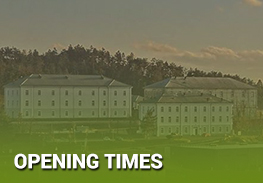The Summer Archaeological School on Baba above Slavina
The summer archaeological school Wolves and Caesars returned for the third time to explore the archaeological site at Baba Hill above Slavina. A team of six students from the University of Oshkosh, Wisconsin (USA), led by Professors Dr. Adrienne Frie and Dr. Kevin Gartski, in cooperation with the National Museum of Slovenia, the Institute of Archaeology at the Research Centre of the Slovenian Academy of Sciences and Arts (ZRC SAZU), and with the support of the Park of Military History, carried out archaeological excavations and analyzed lidar terrain scans in an effort to identify the function of a structure currently under investigation.
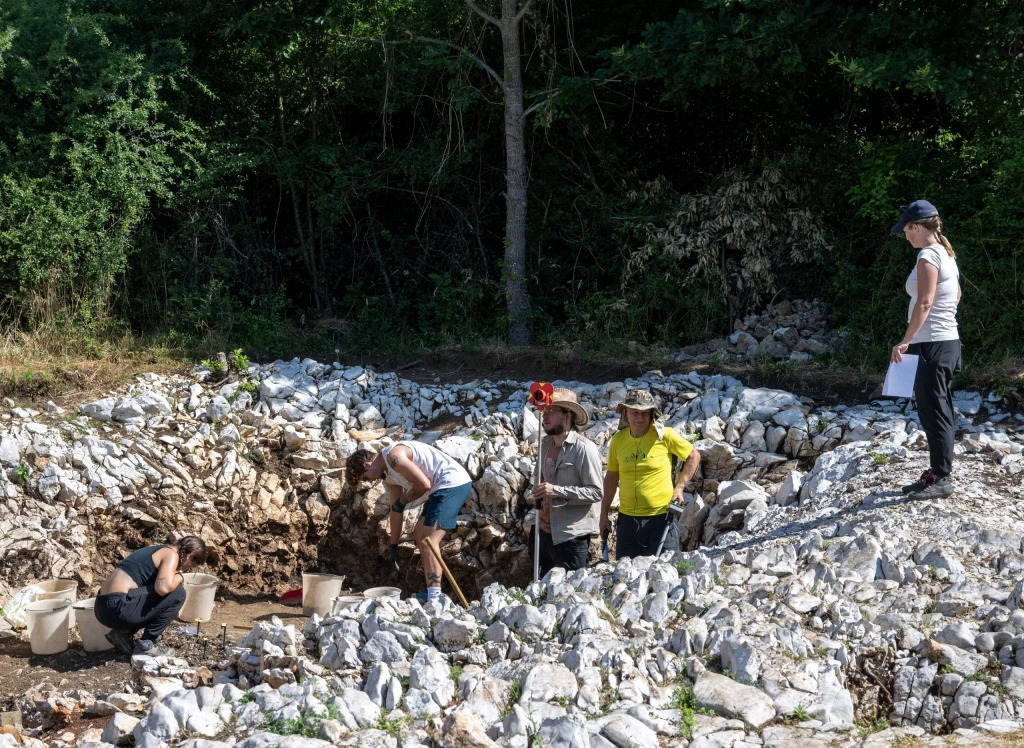
The archaeological site at Baba Hill is notable for the remains of a large fortified settlement, dated from the end of the Bronze Age to the Roman period. The significant local importance of this prehistoric settlement is evidenced by the still-visible remains of a massive stone wall, which included what appears to have been a defensive tower at its westernmost point. Based on field assessments, the stone fortification measured between three and four meters in width, and two possible entrances to the settlement remain discernible today. The interior was densely populated and divided into residential and industrial areas.
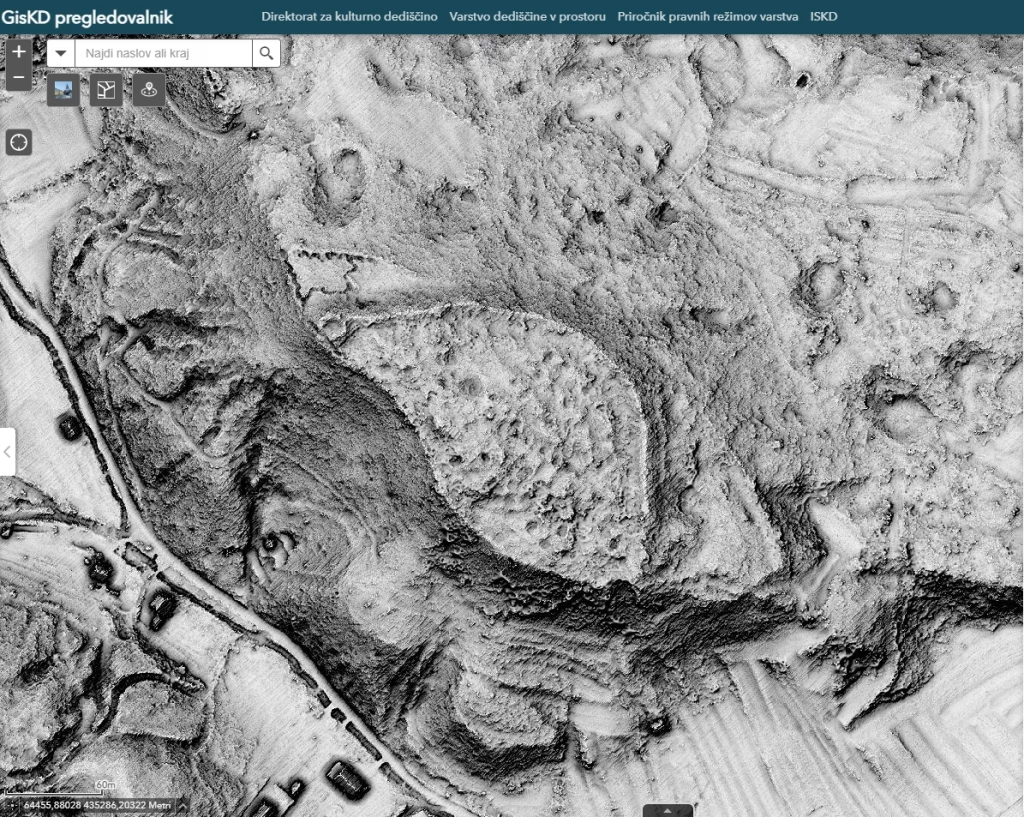
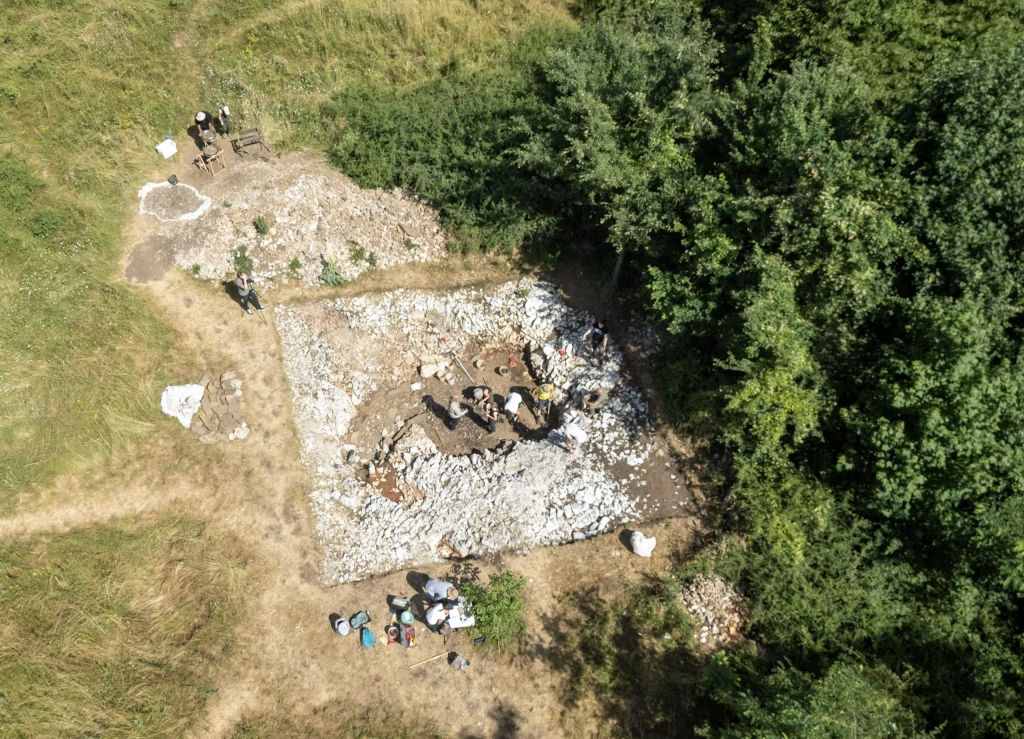
This year’s excavations revealed almost the entire structure, which was likely used by prehistoric inhabitants of the hilltop settlement as a workshop. The building underwent at least one major reconstruction during its period of use, though the exact function and continuity of the structure will be determined through further laboratory analysis of archaeological finds and stratigraphic layers. Among the notable discoveries this year were large quantities of animal bones, remains of fibulae (bronze brooches), and various fragments of metal objects, including a Roman hobnail from military sandals. The American students were especially excited by the discovery of Celtic silver coins and larger fragments of elaborately crafted Roman tableware and amphorae. The variety of finds confirms contact between the local prehistoric population and the Roman Republic, while also raising new questions regarding the fate of the settlement and its inhabitants at the threshold between prehistory and antiquity. The historical developments in this region were undoubtedly complex.
Based on current findings, two scenarios are proposed regarding the end of the settlement above Slavina. In the 1st century BCE, Gaius Julius Caesar, during his proconsulship in Gaul, was responsible for the administration and defense of northern Italy and for recruiting auxiliary troops, including from the area of present-day western Slovenia. Caesar established his operational headquarters for the Gallic campaigns in Aquileia. It is highly plausible that the local population resisted conscription into Caesar’s legions, which may have prompted a Roman military intervention and the subsequent destruction of rebellious hillforts. An alternative interpretation places the event several decades later, during the military campaign of Octavian—Caesar’s successor and the first Roman emperor Augustus—who led a large-scale military operation against Illyricum through this region.
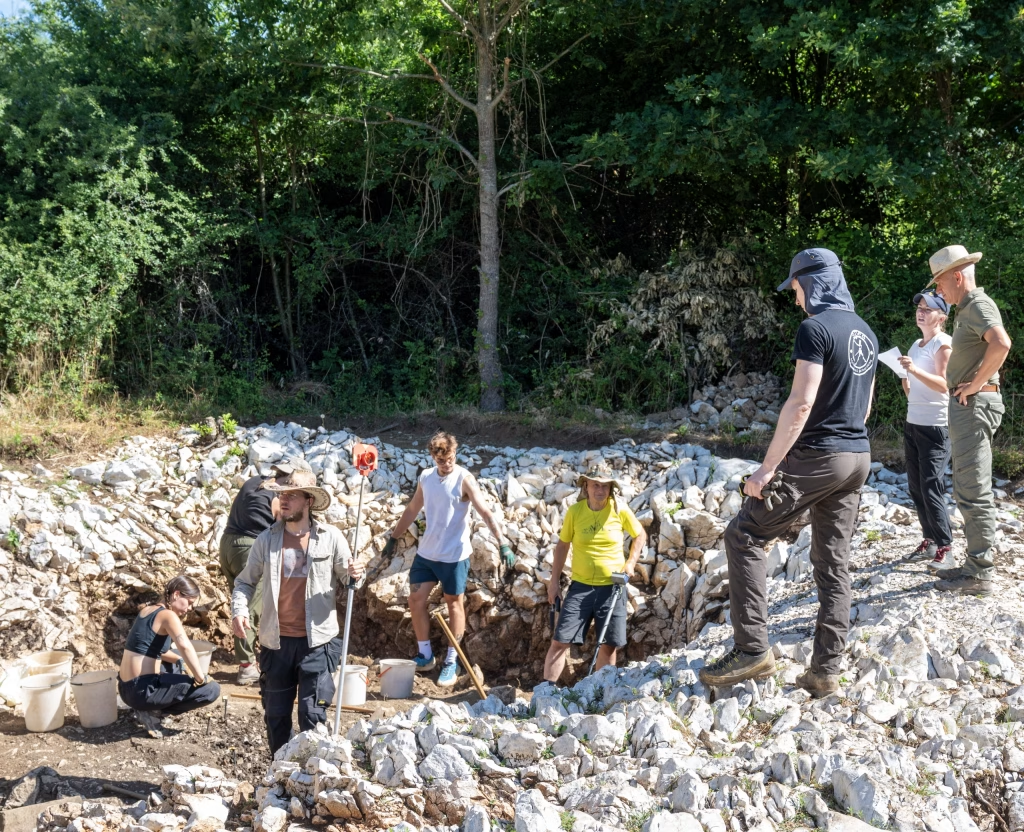

The summer archaeological school is also strongly embedded in the local community, with valuable support provided by the Slavina Local Community and the Slavina Cultural Society. As in previous years, a public presentation of the school’s work and research findings was organized on June 20 at the Cultural Centre in Slavina. Dr. Boštjan Laharnar from the National Museum of Slovenia presented this year’s discoveries and insights to local residents. On this occasion, a small exhibition was also opened, informing the public about the archaeologists’ work and findings, placing them within the broader context of the group of hillforts surrounding Slavina and the region’s historical developments.

